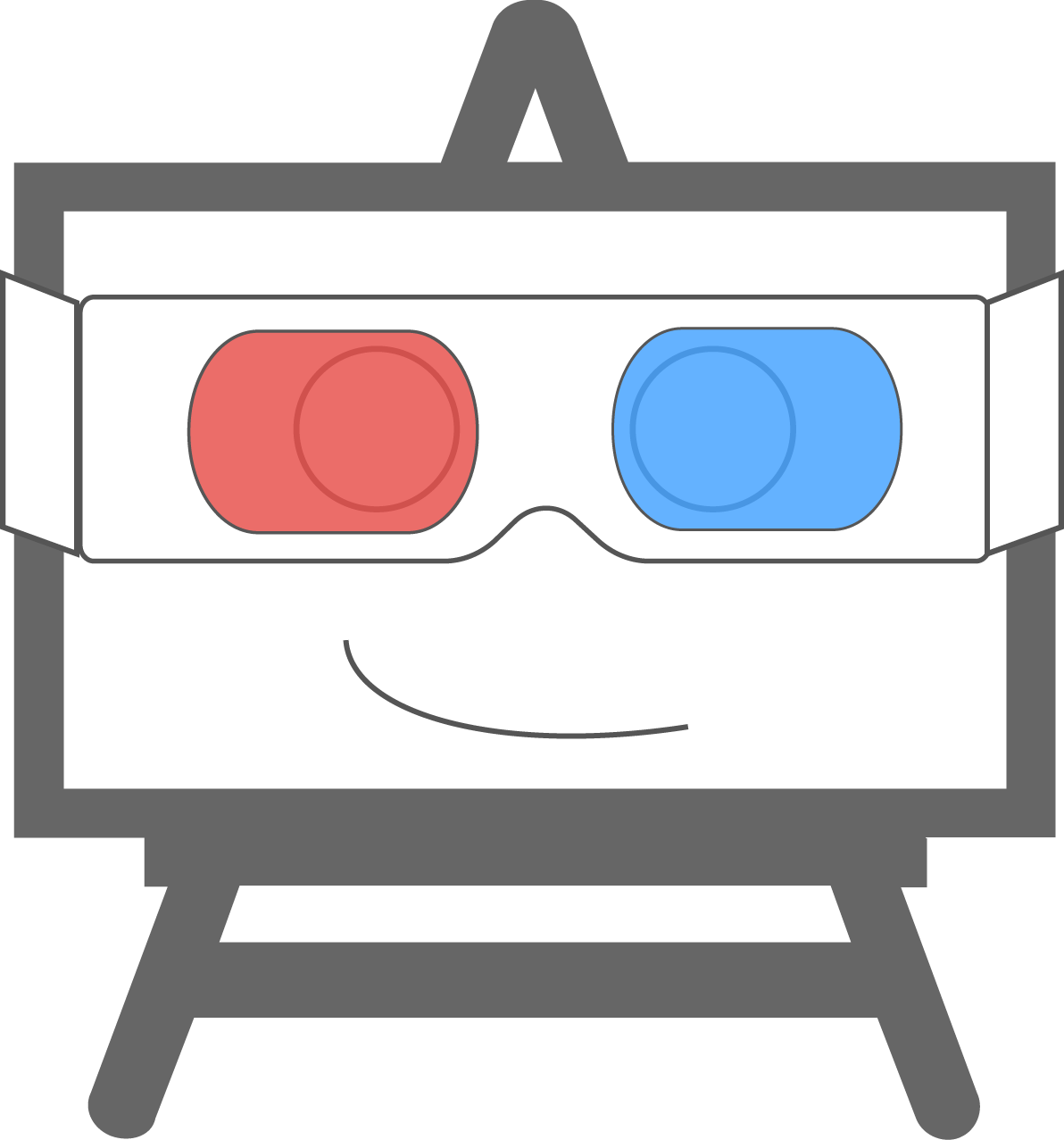
This summer I watched a lot of World Cup soccer games. Initially, I only watched the U.S. soccer team’s games, but then I slowly expanded my viewing. I started watching all of Spain’s games because I have close friends in Spain. Then I started catching the replays of as many games as I could in the evenings, and I’d sometimes listen to some of the audio of games during work if it was a particularly compelling matchup.
Prior to this World Cup, despite playing in recreational soccer leagues for nine years as a kid, I was pretty ignorant of the game inside the game, especially at the top levels of competition. While watching the games this summer, though, I really started to soak up the details. I learned about different strategies like pushing your players up and attacking vs. playing a defensive game while looking for chances to counter-attack. I learned about tactics like trapping players offsides or taking some corners short to open up the middle of the field.
But the biggest thing that struck me in watching these games was how well the players of different positions worked together within a team. When I was a kid playing in those recreational leagues, players at different positions hardly worked together at all. Forwards would not help defenders. Defenders would not help forwards. Most of the time a team was little more than a group of individuals all playing their own game.

That’s not how it works at the world cup level. Sure, the players fill the same positions we did based on what they do best: strikers are best at moving the ball past defenders and scoring goals; midfielders are best at maintaining possession of the ball and setting up their teammates for goal scoring chances; defenders and goalies are best at neutralizing an attack and recapturing possession of the ball.
But what sets the players apart at the top levels of soccer, other than sheer talent, is that they spend a lot of time doing things that are not the things most often associated with their position. Forwards spend a lot of time helping neutralize an attack, and even defend shots on goal when there is a penalty kick or a corner kick attempt. Midfielders may attack and score goals, or they may fall back and help their defense deal with a threat. Defenders may push the ball up the sidelines on an attack, or come all the way into the box to field a corner and put a shot on goal. Each player’s position is really just a default. It’s what they spend most of their time doing and are primarily responsible for, but in order to make the team effective at an elite level, each player must spend a lot of time outside their core area of expertise.
There are two big corollaries to this model in the startup world. First, there is a high correlation in the assignment of core responsibilities. On the front lines, you have the individuals who are responsible for customer development. They spend most of their time engaging the enemy (the customer)*. If your startup is a soccer team, they are the forwards. On the other side, you have your development team. Their responsibility is to neutralize problems by delivering features that will give the customer development team a chance to pivot and try a fresh angle. In the soccer model, they are the defense. In the space between these two units roam the business analysts. They help the development team convert problems into solvable units and then make sure the completed features lead to data and insights that funnel smoothly back to the customer development team. They are the midfielders.
The second big corollary is that just as with soccer teams, the startup that enforces rigid divisions of labor is doomed to fail. To be truly elite, a startup must emulate the fluid boundaries between roles demonstrated by the elite soccer team. The development team needs to understand the customer’s problems and assist with designing and administering usability tests and developing personas. A developer may even need to propose a business model hypothesis (take a shot on goal). The customer development team needs to help the development team, if not by actually getting into the code and building a feature, then at least by listening to developers and working with them to simplify and distill features down to a size that can be executed consistently and efficiently. Business analysts need to take an active role in customer development by assembling and distributing surveys and questionnaires, conducting formal customer interviews, as well as crafting and administering usability tests. They might have to go further to retrieve insights (the ball) than they would like by building spreadsheets to evaluate usage patterns or crafting and administering A/B tests of a given feature.
What this exploration of the similarities between soccer teams and startups highlights, of course, is the importance of teamwork–a specific kind of highly collaborative and help-based teamwork. If you’re involved in a startup, I hope this discussion serves as a fresh source of inspiration. And I hope your team takes home the next World Cup.

—Written by Jeff

—Illustrations and Title Photo by Billy
If you’d like, you can fork our jerseys on github.
* If you are familiar with Jeffrey Moore’s “Crossing the Chasm”–where penetrating a market is likened to launching a D-Day invasion–you will no doubt be used to thinking of customers as "the enemy”
